Fieldwork
This listing expired on July 1, 2025. Please contact info@theshipwrecksurvey.com for any updated information.
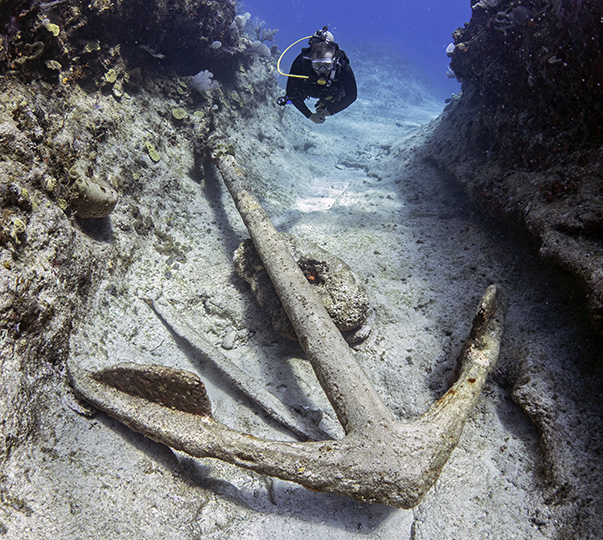
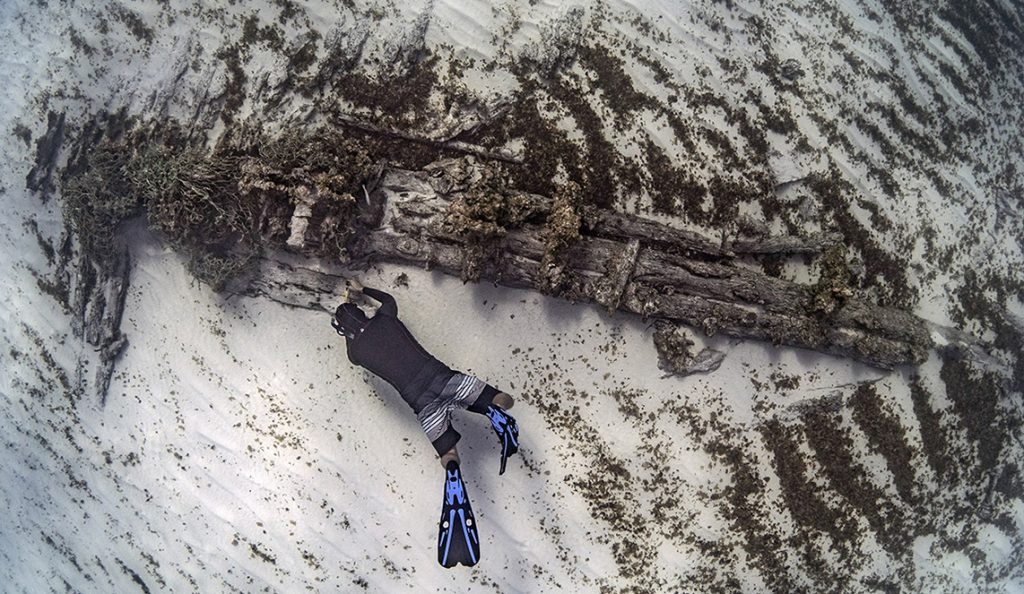
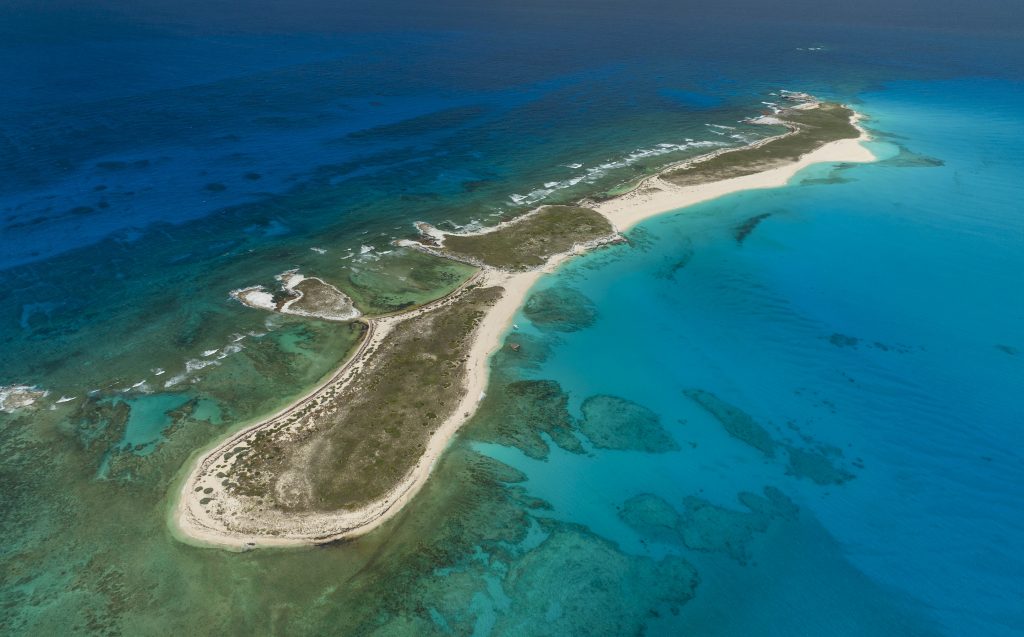
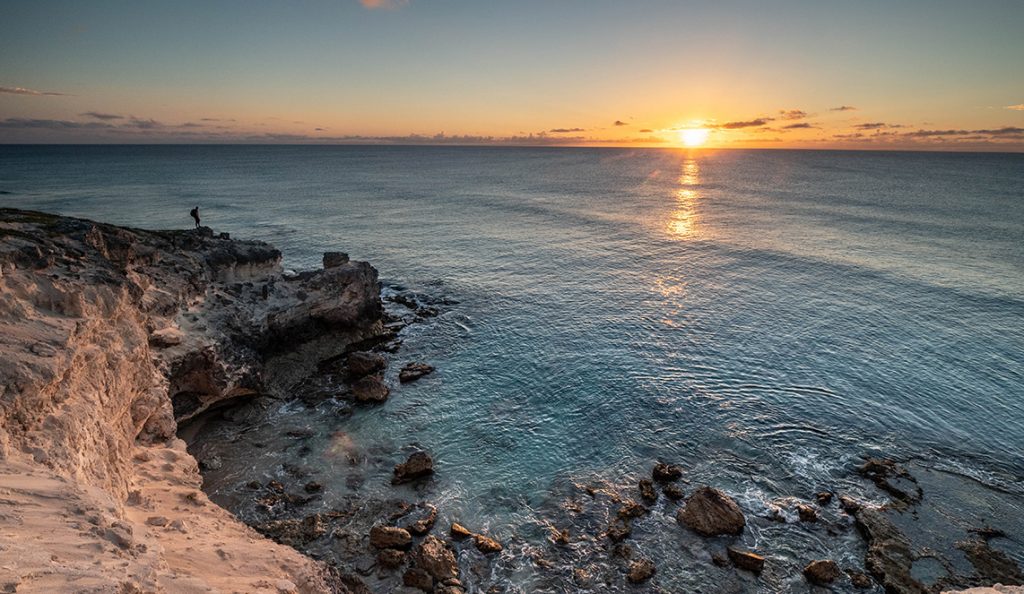
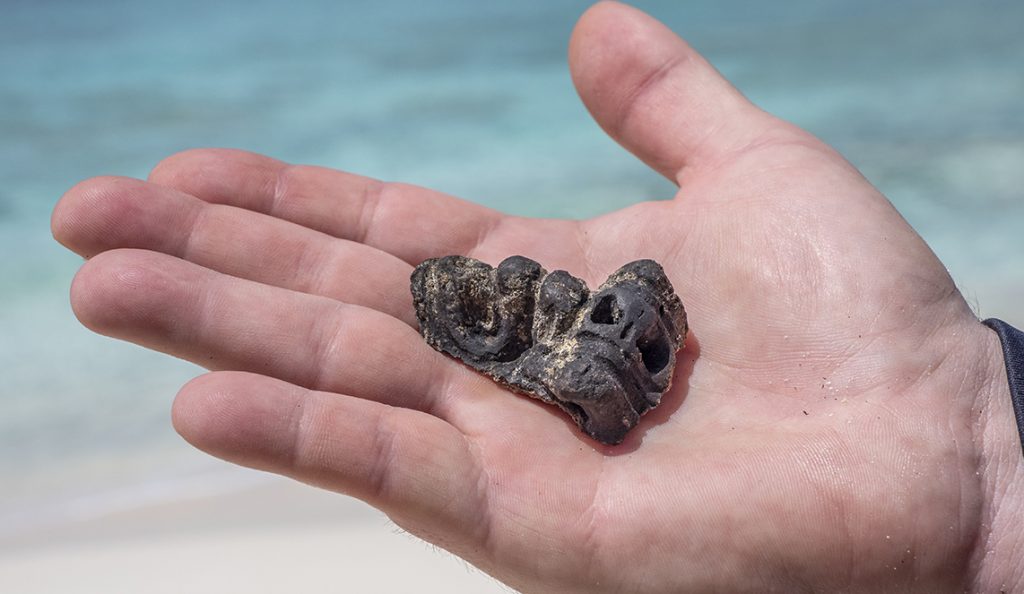
Location: 8QJV+WC Balfour Town, Turks and Caicos Islands
Season: July 4, 2025 to July 19, 2025
Session Dates: July 4 - 19, 2025, Full (waitlist)
Application Deadline: April 4, 2025
Deadline Type: Rolling
Website: http://www.theshipwrecksurvey.com
Program Type:
Field School
RPA Certified:
No
Affiliation:
The Shipwreck Survey
Project Director:
Dr. Ruud Stelten (The Shipwreck Survey; Flinders University),
Dr. Joost Morsink (SEARCH Inc.)
Project Description:
With approximately 60 inhabitants on 2.6 square miles, Salt Cay is the least populated of the main inhabited islands in the Turks & Caicos Islands. Tourists often bypass the island in favor of Grand Turk or Providenciales. In the colonial period, however, the island played an important role in Atlantic World trade networks.
Bermudians sailed their ships over 800 miles every year to visit Salt Cay for its salt. Historically, salt was considered “white gold” because in the absence of refrigeration, it provided one of the few ways to preserve food. The interior of Salt Cay consisted of a large natural salt pan and in combination with strong trade winds, hot days and little precipitation, it presented an ideal environment for natural production of this precious product. The Bermudians built salt storage facilities along the shore and created salt ponds with wind-powered pumps to increase production. The profitable salt industry left a mark on the island. Surrounded by the sea, Salt Cay functioned as a hub. To move people to the island, export salt, and connect the island to the wider Caribbean, a maritime focus was a must. Smaller vessels would come and go along the coast, moving goods on and off the island. Larger ships would set sail and deliver the salt to other Caribbean islands, the United States and even Europe.
Salt Cay and its surrounding waters are largely unexplored from an archaeological point of view. The goal of this expedition is to make an archaeological map of the island, and to learn more about the island’s past by studying specific sites in depth. During a reconnaissance trip in 2019, we discovered a number of underwater and terrestrial sites that we started to document in 2023. These include a wooden shipwreck in shallow water and the HMS Endymion, a British 44-gun warship that sank in 1790 south of Salt Cay. We continued our explorations in 2024 by documenting two shipwrecks and discovered three more! During the 2025 expedition, we will document the newly found sites and explore Salt Cay and nearby uninhabited islands in order to find new sites.
This program is open to both divers and non-divers, as a lot of sites are in very shallow water and there is a terrestrial component to the expedition as well. To join as a snorkeler, you should be a good swimmer and be comfortable in the water. Because of the relatively easy dive conditions, for divers we only require a PADI Open Water Diver certification or equivalent certification from another training agency. Since we will be doing research underwater, there is a bit of task loading, which means you need to be comfortable in the water. The date of your last dive should be no more than a year before the start of the expedition. You are more than welcome to sign up for the program if you do not (yet) possess a dive certification. If you want to join the diving component, you need to meet the requirements at the start of the program.
The expedition will comprise a two-week program packed with adventure and exploration, for a total of approximately 100 hours of underwater and terrestrial fieldwork, lab work, training, workshops, and lectures.
This expedition is not for everyone, and we want to be honest about what you’ll be getting into. Salt Cay is a truly off the beaten path destination. Despite it being relatively close to the United States, it feels like the end of the earth. There are no shops or grocery stores on the island, so we will bring food with us from neighboring Grand Turk. Choices at the few restaurants are limited, so you can’t be a picky eater. It will be hot, humid, and sometimes uncomfortable. You need to be in good physical shape and be able to deal with the Caribbean summer heat. We will have internet connection, but it won’t be very fast and it might not be very reliable. We don’t have a fixed schedule as several things are dependent on weather and other factors out of our control. This is the nature of an expedition.
Having said all of that, the island and its surrounding waters are absolutely stunning. There are beautiful white sandy beaches that you will have all to yourself. The water is clear and warm, and filled with life. The 60 or so people who live there are very friendly and will make you feel at home. Ending the day with a cold beer, watching the sun set over the deep blue Caribbean Sea is hard to beat. You’ll be part of a unique pioneering project, the first of its kind in the Turks Islands. We will survey uninhabited islets nearby, document submerged sites, and go to places where no researcher has ever been. It will be an experience of a lifetime.
Period(s) of Occupation: Colonial period, 17th-19th centuries
Notes:
Caribbean, underwater, archaeology, maritime, marine, shipwrecks
Project Size: 1-24 participants
Minimum Length of Stay for Volunteers: 16 days
Minimum Age: 18
Experience Required: No experience required. For diving activities, a minimum of PADI Open Water (or equivalent certification from a different organization)
Room and Board Arrangements:
The first night will be spent on Grand Turk in a hotel (twin share). On Salt Cay, accommodation (shared) will be at two houses close to the dive shop, one of which is across from the beach. We will have a fully equipped kitchen, living area, porch with sea view, wifi, tv, and reverse osmosis faucets.
Food and drinks will be provided for the duration of the project. We will bring most of our food from neighboring Grand Turk as there are no grocery stores on Salt Cay. For dinners, we will be going out to the restaurants on the island. While choices on the island are limited, the food is excellent. You will quickly become addicted to the fresh, locally-caught seafood!
The cost for the expedition is USD 5,350. This includes the following:
- All food and drinks (based on 3 meals per day)
- 14 nights shared accommodation on Salt Cay
- 1 night shared accommodation on Grand Turk
- All training, presentations, and workshops
- All diving and snorkeling activities
- Boat transfers between Grand Turk and Salt Cay
- Boat transfers to nearby uninhabited islands
Ruud Stelten
Road to English Quarter
Oranjestad
St. Eustatius
Phone: 31642311256
The AIA is North America's largest and oldest nonprofit organization dedicated to archaeology. The Institute advances awareness, education, fieldwork, preservation, publication, and research of archaeological sites and cultural heritage throughout the world. Your contribution makes a difference.
Notifications